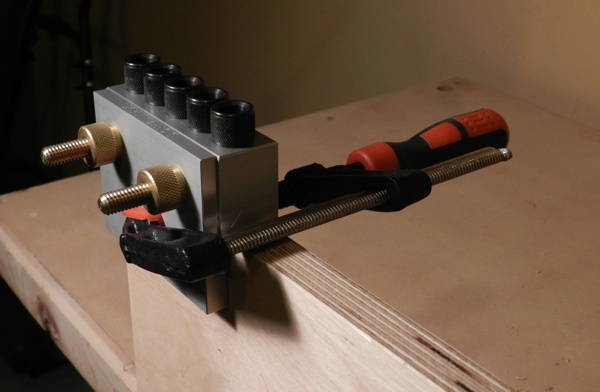A circular saw is a powerful and versatile tool used in woodworking and construction. Known for its ability to make precise cuts, it is a staple in both professional and home workshops. This guide will explore the essential aspects of circular saws, answer common questions, and delve into related content, including the use of geotextiles in construction projects.

What is a Circular Saw?
A circular saw is a power tool with a toothed or abrasive disc or blade that rotates around an arbor. It is used for cutting wood, metal, plastic, and other materials with precision and speed. Circular saws can make straight cuts, rip cuts, crosscuts, and various other complex cuts.
How to Choose the Right Circular Saw for Your Needs?
When choosing a circular saw, consider the following factors:
- Type of Circular Saw: There are three main types—sidewinder, worm drive, and cordless. Sidewinder saws are compact and fast, worm drive saws offer more torque, and cordless saws provide mobility.
- Blade Size and Type: Ensure the blade size suits your project needs. Different materials require specific blade types for clean cuts.
- Motor Power: Look for a motor powerful enough for your intended use. Higher power ensures smoother and more accurate cuts.
- Safety Features: Check for features like blade guards, electric brakes, and dust blowers to enhance safety during operation.
What are the Safety Precautions When Using a Circular Saw?
Safety is paramount when operating a circular saw. Here are some essential precautions:
- Wear Safety Gear: Always wear safety glasses, hearing protection, and avoid loose clothing that can get caught in the saw.
- Check the Blade: Ensure the blade is sharp and properly aligned. Dull blades can cause kickback and inaccurate cuts.
- Use a Saw Guide: When making long cuts, use a saw guide to keep your cuts straight and your hands safe.
- Follow Manufacturer’s Instructions: Always adhere to the manufacturer’s guidelines for operation and maintenance.
How to Maintain a Circular Saw for Optimal Performance?
Regular maintenance is crucial for the longevity and performance of your circular saw:
- Clean the Saw: Remove sawdust and debris from the saw after each use to ensure smooth operation.
- Lubricate Moving Parts: Keep the arbor, gears, and other moving parts well-lubricated to prevent rust and ensure smooth movement.
- Inspect and Replace Blades: Regularly inspect the blades for wear and damage. Replace them as needed to maintain cutting precision.
- Check Alignment: Periodically check the alignment of the blade and guide to ensure accurate cuts.
Can Circular Saws be Used for Non-Wood Materials?
Yes, circular saws can be used to cut materials other than wood, but certain precautions must be taken:
- Use the Correct Blade: Ensure you are using a blade designed for the material you are cutting, such as metal or plastic.
- Adjust the Cutting Speed: Some circular saws allow you to adjust the cutting speed, which can be beneficial when cutting different materials.
- Take Safety Precautions: Cutting non-wood materials can produce different kinds of debris and sparks. Use appropriate safety gear and ensure the work area is safe.
The circular saw is an indispensable tool in woodworking and construction, offering precision and versatility for a variety of cuts. By understanding how to choose the right model, practicing safety precautions, and performing regular maintenance, you can maximize the efficiency and lifespan of your circular saw. Additionally, while circular saws are primarily designed for wood, with the right adjustments, they can be used for other materials. In related content, geotextiles play a crucial role in construction, providing support and stability in various projects, much like the circular saw provides stability and precision in woodworking.